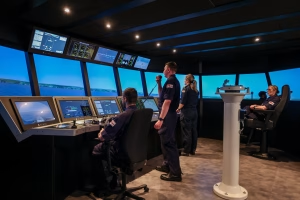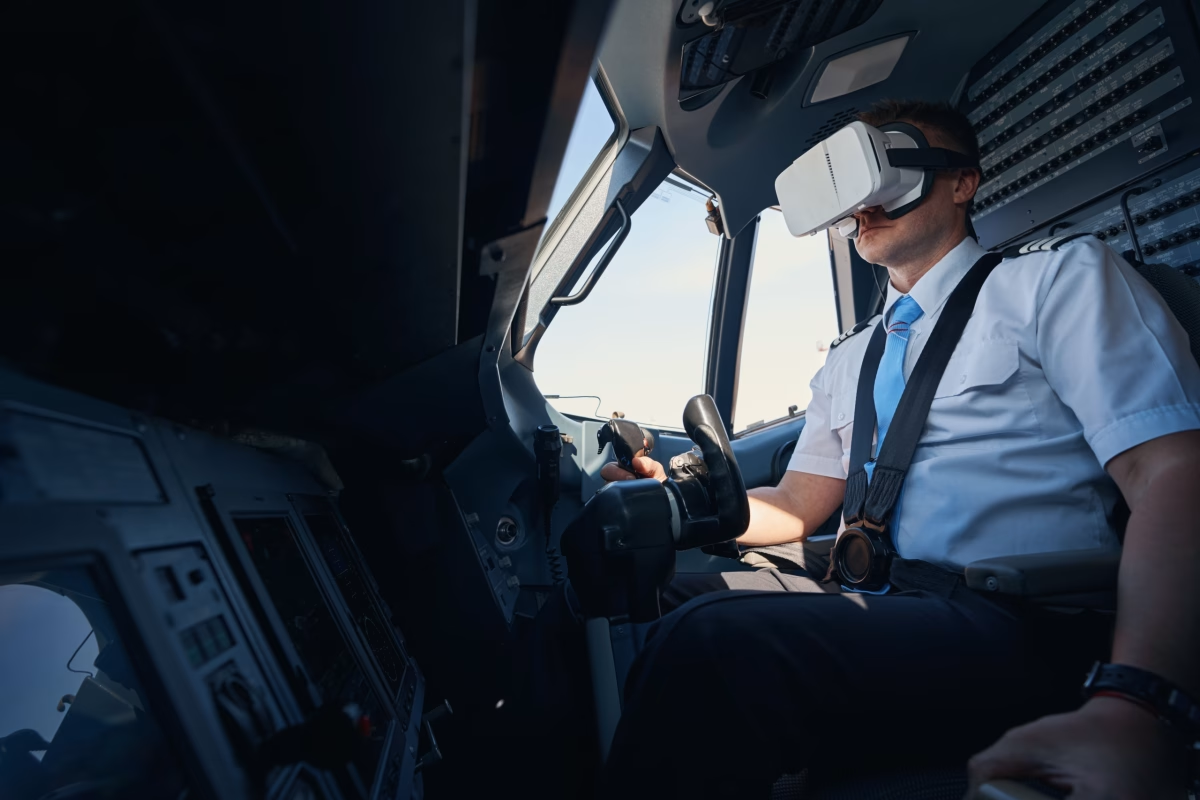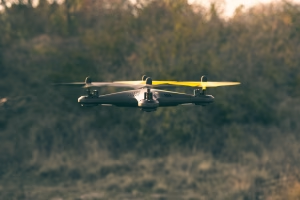
How Scenario-Based Training Builds Real Operational Readiness
We explore why scenario-based training delivers superior results for operational roles and how immersive VR technology is removing those barriers.
Given these terms are often used interchangeably, it’s an understandable point of clarification.
As for the answer, the truth is – it depends. They each have distinct capabilities tailored to different training needs and performance goals.
So, let’s take a closer look at what sets them apart and how to choose the right fit for your team.

When you choose VR, you choose a fully immersive experience.
Once the headset is on, teams step into expertly recreated, high-fidelity virtual environments where they can rehearse complex operations safely and repeatedly.
And because it’s completely virtual, it’s the ideal solution when training involves risk, remote locations or coordination between teams.
For example, aviation crews can simulate entire flight missions without downtime or fuel costs.
In the defence sector, operators can rehearse tactical manoeuvres in simulated combat environments, while freight or construction teams can gain hands-on experience inside cockpits before stepping on-board.
Assc. For Talent Development

High-risk, high-complexity team training and development

Repeatable, measurable, and fully controllable
Assc. For Talent Development
Unlike VR, which immerses users in a completely virtual world, augmented reality integrates useful data directly onto real-world environments through a tablet, smart phone or smart glasses.
It’s ideal for situations where field-based support is required without disrupting the ongoing task.
For instance, engineers can receive step-by-step repair instructions in real-time or construction workers can view underground utilities projected on the ground.
HCL Tech

Maintenance, inspections, just-in-time support

Real-time assistance with no need to leave the work environment<
HCL Tech
Combining the power of VR and AR, mixed reality blends real-world spaces with digital elements you don’t just see – like AR – but can also interact with and react to.
In real terms, it’s training in a physical space enhanced with virtual recreations of the environments, systems or objects teams will need to master.
For example, defence teams can plan missions collaboratively using MR to overlay real-time updates and digital elements over a physical map.
Full scale simulators can also be used to replicate the real-world experience and give the user a truly hands-on, virtual experience.
In aviation, MR can blend cockpit layouts with virtual training scenarios, while construction teams can visualise building plans and detect clashes on-site before physical work begins.
Travancore Analytics

Collaborative planning, physical-digital fusion

Real-time, interactive overlays in real environments
Travancore Analytics
It depends on your goals, environment and the user’s role:

When safety, precision and repeatability are paramount, especially in high-risk environments

When you need to utilise real world systems in a digital environment

When you require collaboration, spatial awareness and interactive training in real-world environments
Speak to us today to explore the best fit for your team.

We explore why scenario-based training delivers superior results for operational roles and how immersive VR technology is removing those barriers.

VR represents a fundamental shift in how we think about preparation for conflict. The most capable forces of the next decade will be those investing in VR training.

For small and medium-sized enterprises in the UK defence sector, the 2025 Strategic Defence Review and Spending Review is pivotal.